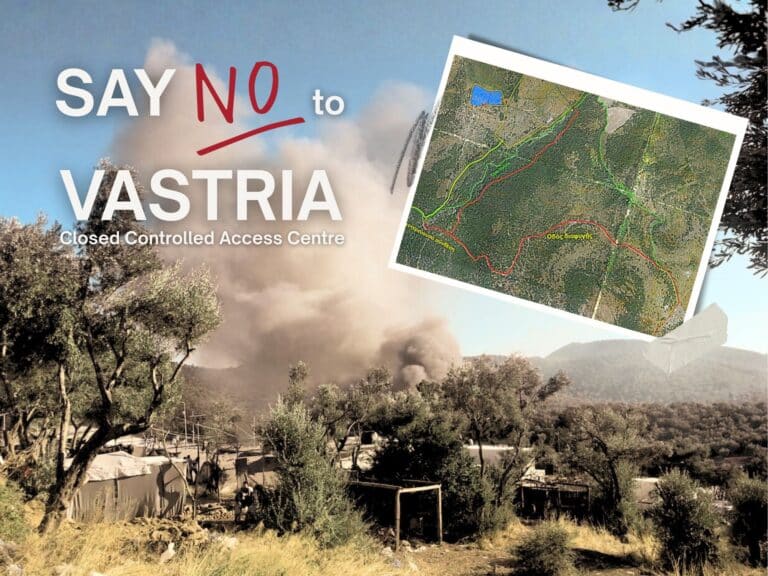CPTnet
26 May 2012
AL-KHALIL (HEBRON): The Israeli Paradigm, Part II
By an Anonymous CPTer
In the first part of my reflection,
I noted that historian Ilan Pappé challenged us to bring into the discourse of
Israel and Palestine the words “Settler-colonialism,” “occupation” and
“apartheid” and that the situation in Hebron supports the truth of these words:
Our neighbor in the old city of
Hebron—where her family has lived for hundreds of years— requires a permit to
live on Shuhada Street in but cannot go out of her front door. When we walk through our neighborhood, I
we see gun watchtowers and checkpoints. On one street running near the Ibrahimi mosque, a concrete
barrier divides the street in two. The left half of the street is for Israelis and the right
side is for Palestinians. Israelis
can drive on their part of the street but the Palestinian side is too narrow
for cars.
When we walk down Shuhada Street,
about 200 metres before the checkpoint leading into the Palestinian-controlled
area, we come to a staircase on the left-hand side. The Israeli military does not allow Palestinians to walk on
the Shuhada Street portion, forcing them, even the elderly, to take stairs to
go up around to their houses and to reach the Qurtuba School, adding a lot of
time and inconvenience to their journeys. Shuhada Street used to be busy and full of shops; after the
massacre of twenty-nine Palestinians at the Ibrahimi Mosque in Hebron, the
Israeli authorities closed the street to Palestinians.
The Israeli military does not
permit Palestinian vehicles on Shuhada Street, not even emergency vehicles. When one of our partner’s wives was in
active labour, he had to carry his wife to the checkpoint to get her into an
ambulance. CPTers have witnessed
people carrying the dead on their shoulders, because soldiers do not permit
hearses up to homes to fetch dead bodies.
The Israeli military does not allow Palestinian cars to drive on many
streets in Hebron where Israeli cars drive at breakneck speed. Many times, I have sat at the
checkpoints during school patrol and my heart has jumped as the settler cars
whizz by while Palestinian children are trying to cross the road to attend
school.
During my first stint in Hebron,
Israelis illegally occupied a house in a Palestinian area. The Israeli military protected the
settlers in the house and did not allow Palestinians to walk past the
house. Some days, the IDF would
let children walk through the car park (parking lot) to reach their school near
the house and on other days they had to go through a different checkpoint, taking
the long way around another street to reach a school that was just a few metres
away.
In short, Hebron is a microcosm of
everything Pappé described in his talk on the Israeli paradigm. It is a place where the lives of
Palestinians are taken into consideration by the forces of Israeli Occupation
only in the perceived threat they might represent to Israelis. They are objects to control, to
separate, nothing more.

Soldiers guard Palestinian house that settlers have occupied, March 2012


